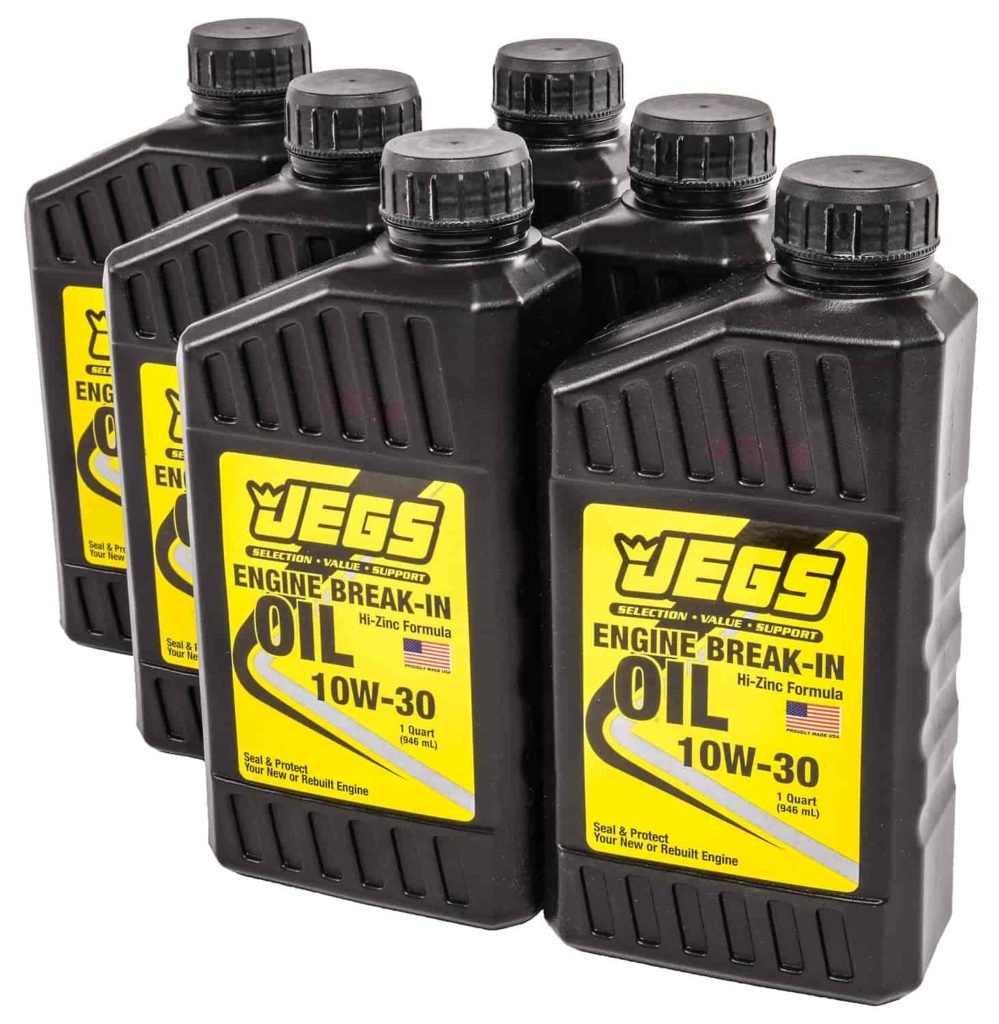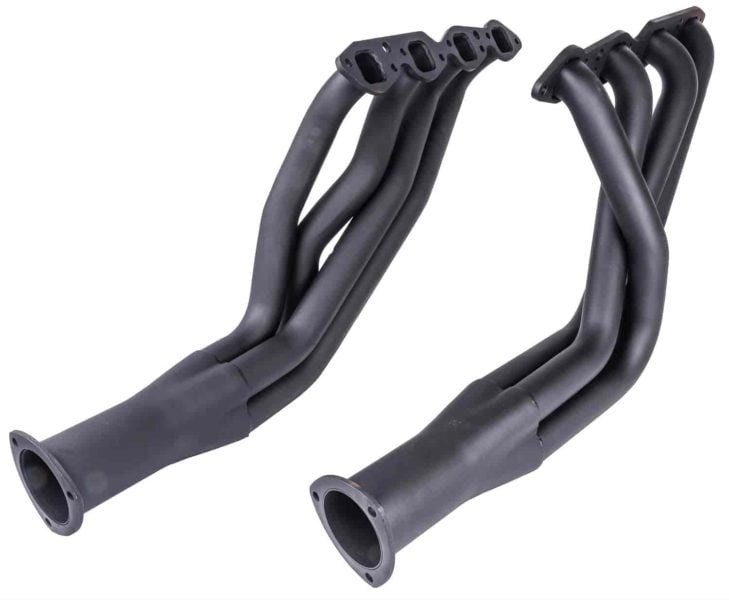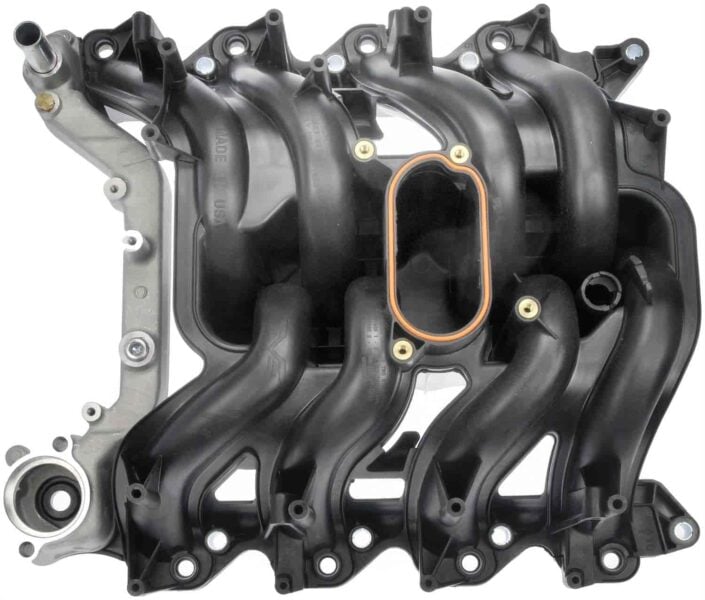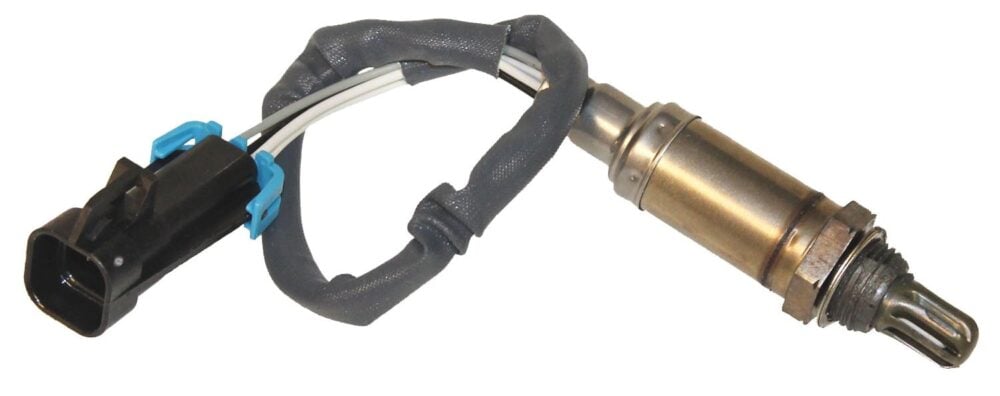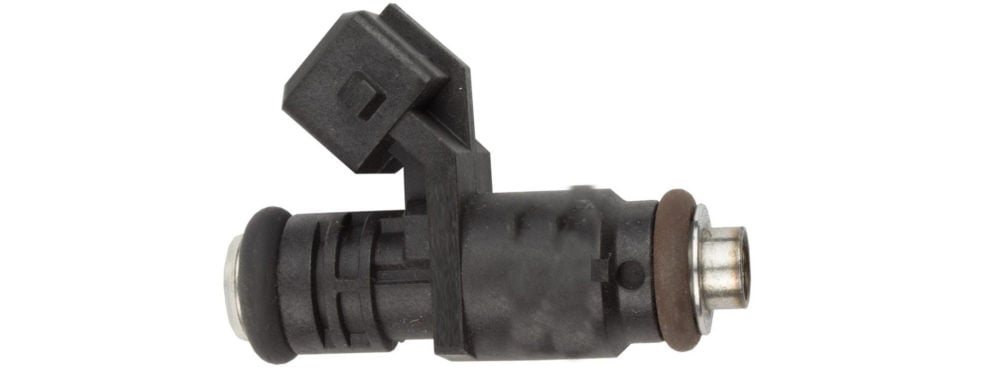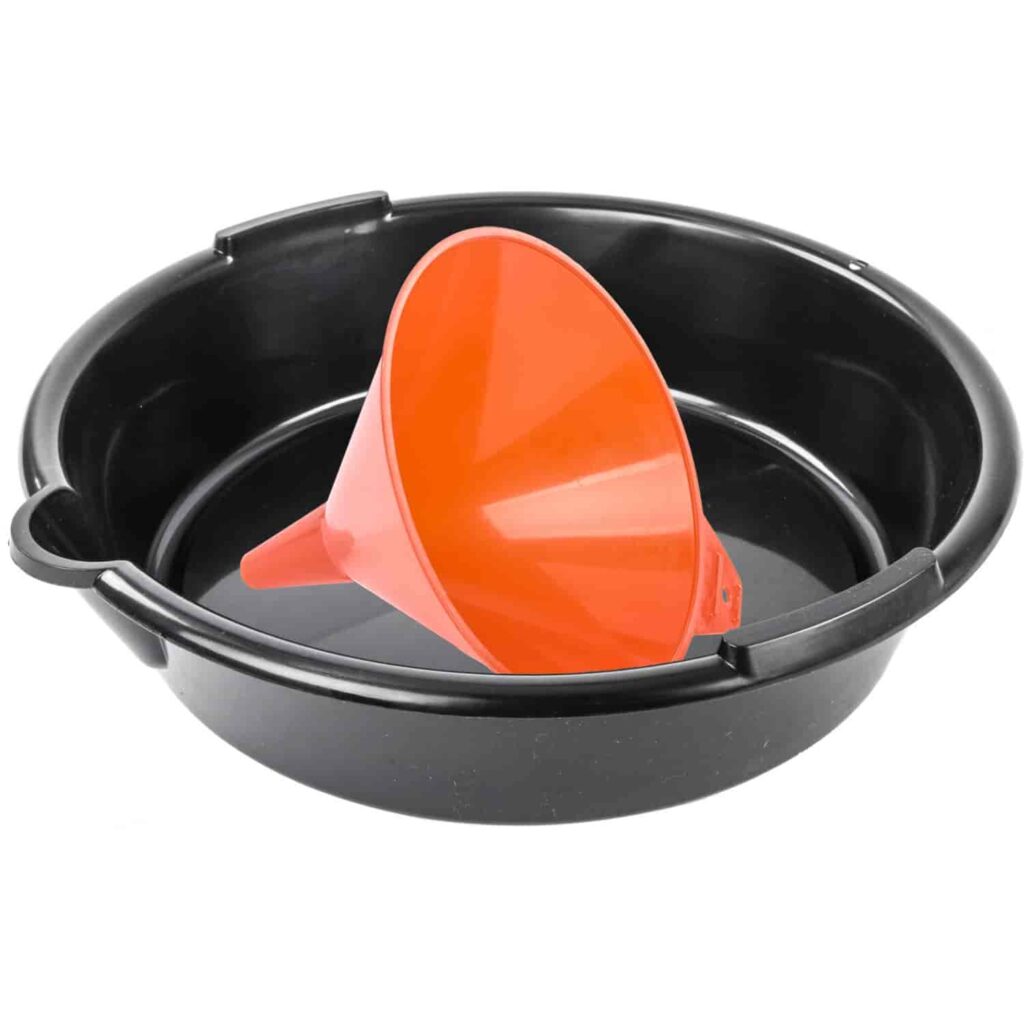
One of the easiest and most effective ways to protect your engine and increase its lifespan is to change the oil regularly. Engine oil is designed to coat the inner moving parts of the engine and provide a protective barrier between parts that are touching one another while moving at high speeds. Without engine oil, the friction that these parts are subjected to would cause them to overheat and break down.
The downside to motor oil is that as it performs its protective task, it absorbs many of the toxic byproducts of engine combustion and holds those substances. This is why oil needs to be changed regularly once it's not able to absorb any more waste products from the combustion process.
If you’ve been wondering, “Is there a facility recycling motor oil near me,” continue to read for some tips on why and how to dispose of motor oil.
Top Reasons We Need to Recycle Used Motor Oil
As you might imagine, all these toxic combustion byproducts are terrible for the environment, so recycling your used oil is extremely important. There are other benefits to recycling your used motor oil:
- Recycling motor oil keeps it out of your soil and water supply. Oil doesn’t break down fast enough to be absorbed into the ecosystem, so it will coat anything it comes into contact with.
- A single gallon of used motor oil can yield 2.5 quarts of lubricating oil, which is about the same volume as 42 gallons of crude oil. That’s an entire barrel of oil that you are saving by recycling.
- Motor oil gets dirty, but it doesn’t really wear out. By recycling it, you can return it to service and give it new life, while protecting the planet at the same time.
- When motor oil is recycled properly, the toxic chemicals and heavy metals that are present in the used oil can be disposed of correctly.
Tools Needed and A Step-by-Step Guide To Collect Oil
Changing your own oil is almost a rite of passage for many car owners who want to get comfortable with maintaining their vehicles. It's a straightforward task that only requires a few tools to complete.
- A jack and set of jack stands, or a set of maintenance ramps, to elevate the front of your car so that you can access the oil pan. Always use jack stands with a hydraulic jack.
- A ratchet and socket set, or the appropriately sized wrench, to remove the oil drain plug from the oil pan.
- Some safety goggles and nitrile gloves, to keep the oil from contacting your eyes or skin.
- An oil capture drain container. Some people make their own from old plastic jugs, but the purpose-built varieties have spouts to help with transferring the old oil into a container for disposal.
- A funnel to help with oil transfer. You’ll need to get the old oil into a jug for transportation to the recycling facility and the new oil into your engine via the oil filler cap on the top of the motor.
- A roll of shop rags to clean up any spills and wipe down your tools when you finish.
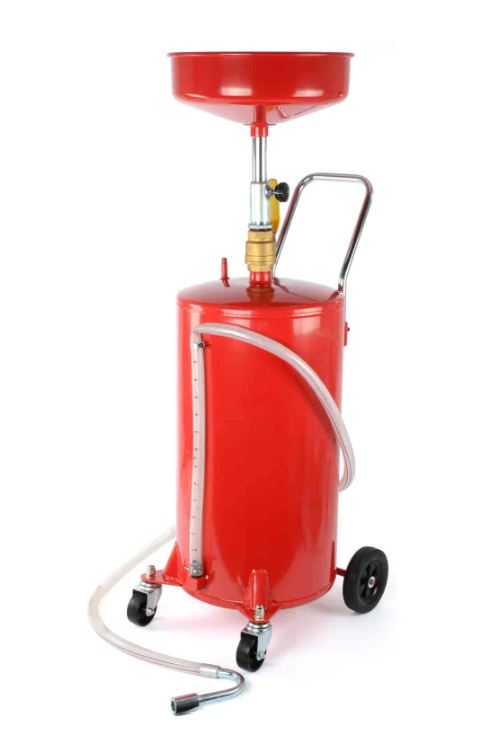
Other tools that can be really handy include a complete set of screwdrivers and a creeper. Screwdrivers are pretty much a homeowner essential, and a creeper makes getting under the car so much easier.
Once you’ve collected your tools and purchased a new oil filter and enough oil to do an oil change, you can get to work on collecting the old oil. Budget about an hour or two for the complete job.
- Start by either jacking up the vehicle and using your jack stands to secure it or driving it up on a set of maintenance ramps to elevate the engine bay.
- Loosen the oil filler cap at the top of the engine and then head under the vehicle with your oil capture container, your tools, and your rags.
- Position the capture container so that when the oil comes out of the drain plug, it squirts into the container. Sometimes when the drain is at an angle, it can shoot the oil pretty far so be careful about this and avoid a big mess on your floor.
- Place some rags around the oil capture container to capture any spray in case you’ve misjudged the angle.
- Loosen the drain plug enough to unscrew it with your fingers, then do the last several turns by hand, keeping your hand away from the projected oil flow. Getting the oil plug bolt out can be tricky without getting oil on your hand or dropping the bolt into the capture container. If you drop the bolt in the capture container, be sure to fish it out immediately after the oil drains.
- Once you’ve captured all the waste oil, drain it into a used oil container or another plastic jug with a secure cap. You don't want oil spilling if the jug falls over in transit.
What To Do With The Oil You Collected
Many jurisdictions have community recycling facilities that include oil and other hazardous material collection. Many automotive parts stores also offer free oil collection services as part of their mandate, so if you’re asking the question “Where can I find an oil disposal near me”, those would be the first options you could look at.
Start by contacting your local municipality to see if they have a hazardous waste recycling depot where you can drop the old oil. If it’s more convenient, call your local auto parts store to see if they will take your used oil. When you transport your oil, it’s a good idea to place the jugs in a cardboard box, or other container, just in case of spillage in transit.
You can save money by doing your own oil changes and save the environment at the same time, by recycling your used oil!
